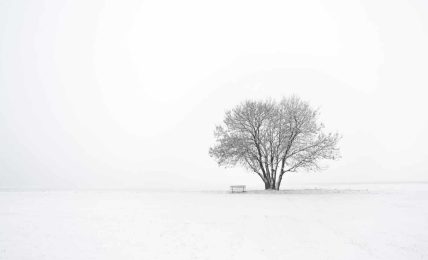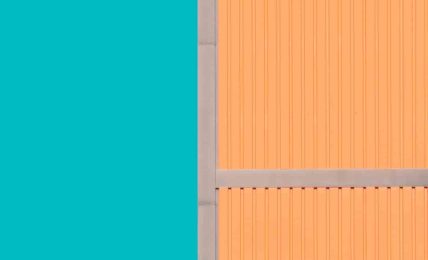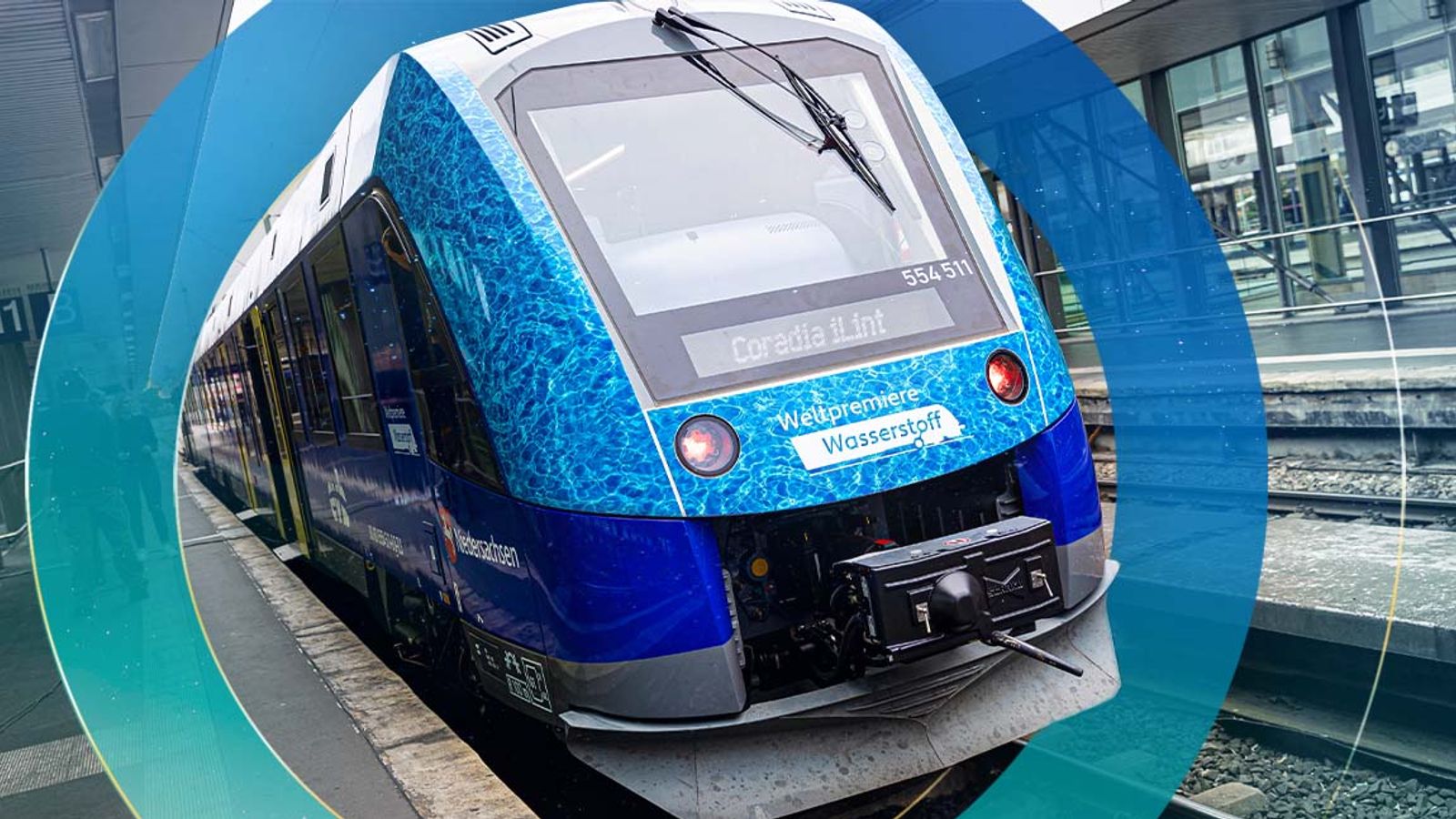By Syed S. A. Reviewed by Danielle Ellis, B.Sc.
Defining nocturnal polyuria
Causes and risk factors
Impact on sleep and health
Diagnosis and evaluation
Management and treatment options
Future directions in research
Conclusion
References
Further reading
Nocturnal polyuria can affect both younger and older individuals and is caused by several factors, including caffeine consumption, excessive intake of oral fluids in the evening, and alcoholism. The detrimental impact of NP and how it significantly impairs patients' quality of life (both mentally and physically) makes it a global concern for physicians.
Adult man in a toilet at home. Image Credit: cliplab/Shutterstock.com Defining nocturnal polyuria
Nocturnal polyuria (NP) is the primary cause of nocturia among elderly individuals1. It is characterized by excessive urine production during the night. It can manifest as nighttime urine output surpassing 20% of daily urine output in young individuals and 33% in older individuals (aged over 65 years) while still maintaining normal urine production over 24 hours 2-4.
Although influenced by various factors, nocturia generally arises from one of four main problems: NP, overall increased urine output (global polyuria), functional storage issues within the bladder, or sleep disorders 5. A combination of these factors can also contribute to the occurrence of nocturia. Primarily, hormonal imbalances underlie both nocturnal and global polyuria 5.
A study examined the prevalence of NP across different groups and reported that among younger individuals aged 20-40 years, prevalence rates of nocturia in men and women of the same age group were lower in contrast to older individuals aged 70 years and above, for both genders 6.
A recent study examined 875 patients with nocturia and found an increasing trend with advancing age. When patients were categorized by age group, the prevalence of NP in patients younger than 50 years was 38.1%; in those aged 50–59 years, it was 55.3%; in the 60–69 age group, it was 56.7%; in the 70–79 age group it was 66.5%, and in those aged 80 years or older, it was 79.3%. Thus, the prevalence of NP tended to rise with increasing age 7. Causes and risk factors
Contributing factors to nocturnal polyuria include caffeine consumption, excessive intake of oral fluids in the evening, and alcoholism, which can significantly exacerbate the condition. Moreover, it is linked with conditions such as congestive heart failure, obstructive sleep apnea, the evening administration of diuretics, peripheral edema, high dietary salt intake, and chronic venous insufficiency of the lower extremities 5,8.
Idiopathic nocturnal polyuria, also known as idiopathic nighttime polyuria, refers to nocturnal polyuria without an identifiable cause or underlying disease or pathology that could account for nocturnal polyuria during diagnostic evaluations 9. Impact on sleep and health
Nocturia can significantly impair patients' quality of life (both mentally and physically) and has been associated with depression and increased mortality rates. The detrimental impact on quality of life primarily stems from disrupted sleep caused by nocturia, leading to sleep deprivation, particularly when individuals struggle to return to sleep. This results in feelings of tiredness and daytime fatigue, which can hinder daily activities and ultimately reduce overall quality of life 10.
Man in bed suffering from insomnia and sleep disorder thinking about his problem at night. Image Credit: PrinceOfLove/Shutterstock.com
Furthermore, nocturnal voiding can disrupt the occurrence and duration of deep, restorative (N3) sleep, often regarded as the most revitalizing stage of sleep. Prolonged loss of N3 sleep, as observed in individuals with nocturia, could potentially have adverse effects on daytime alertness, health, and overall well-being. It appears that the negative impact of nocturia on sleep outcomes is more pronounced in adults over 65 years 10. Related StoriesStudy unveils novel bladder cancer diagnostic model based on key mitochondrial genesUnlocking the secret drivers of deadly pancreatic cancer: New target offers hope for treatmentCan yoga improve your prostate health?
Nocturia, which prompts activity during the night when patients might not be fully alert, represents a significant factor contributing to falls and fall-related fractures among older individuals. Additionally, there's a notable trend showing heightened odds of depression with an increase in nightly voids 10. Diagnosis and evaluation
Assessing an individual suspected of having nocturnal polyuria or idiopathic nocturnal polyuria involves a comprehensive review of medical history, physical examination, questionnaire administration, and the use of a bladder diary or frequency-volume chart. Additionally, laboratory tests such as general urine analysis and assessment of sodium concentration in blood serum, as well as imaging, endoscopic procedures, and urodynamic tests, can provide further valuable insights 10. Management and treatment options
Lifestyle and behavior adjustments, which are recommended as initial steps before considering pharmacotherapy, may improve nocturnal polyuria (NP). These modifications may include reducing fluid intake, especially caffeine and alcohol, at least two hours before bedtime, increasing physical activity and fitness levels (including pelvic floor exercises if necessary), and cutting back on dietary salt consumption.
Other beneficial lifestyle changes may involve limiting total fluid intake to less than 2 liters per day, ensuring the bladder is emptied before bedtime, providing easy access to a toilet or toilet chair, and promoting weight loss for overweight patients 10.
Patients suffering from NP are advised to undergo treatment with antidiuretic desmopressin acetate to counteract the inadequate secretion of nocturnal antidiuretic hormone (AVP).
Desmopressin acetate, a synthetic analog of AVP, acts as a selective agonist of vasopressin receptor 2 (V2), promoting antidiuresis. It has demonstrated effectiveness and good tolerability in adults with nocturia associated with NP 11.
Desmopressin administered via nasal spray offers advantages compared to oral formulations, such as consistent efficacy and improved safety. The nasal spray formulation incorporates a modified version of desmopressin with cyclopentadecanolide, enhancing trans-mucosal absorption 12.
However, due to its potential to induce hyponatremia, desmopressin therapy should be avoided in patients with conditions such as congestive heart failure (CHF), peripheral edema, polydipsia, or renal failure. Reported side effects of desmopressin include dry mouth, headaches, nausea, and edema 5,8. Future directions in research
Given the various physiological mechanisms and resulting chronic conditions linked to nocturia and nocturnal polyuria (NP), including high blood pressure, cardiovascular disease, type 2 diabetes mellitus (T2DM), and metabolic disorders, it is crucial to adopt a collaborative approach involving multiple medical specialties for diagnosis and management.
Collaborative efforts between urologists and cardiologists are particularly valuable for exploring the underlying mechanisms of these conditions, devising tailored treatment strategies that prioritize patient well-being, and developing more personalized therapeutic interventions 1,13. Conclusion
Nocturnal polyuria stands as the primary cause of nocturia among elderly individuals and has been associated with depression and increased mortality rates. Patients may suffer from sleep deprivation, tiredness, and daytime fatigue. Lifestyle and behavior modifications, including reducing fluid intake, especially caffeine and alcohol, at least 2 hours before bedtime and increasing physical activity and fitness levels, can benefit patients. References Weiss JP, Everaert K. Management of Nocturia and Nocturnal Polyuria. Urology. 2019;133S:24-33. doi:10.1016/j.urology.2019.09.022 van Kerrebroeck P, Abrams P, Chaikin D, et al. The standardisation of terminology in nocturia: report from the Standardisation Sub-committee of the International Continence Society. Neurourol Urodyn. 2002;21(2):179-183. doi:10.1002/nau.10053 Bosch JL, Everaert K, Weiss JP, et al. Would a new definition and classification of nocturia and nocturnal polyuria improve our management of patients? ICI-RS 2014. Neurourol Urodyn. 2016;35(2):283-287. doi:10.1002/nau.22772 Weiss JP, Bosch JL, Drake M, et al. Nocturia Think Tank: focus on nocturnal polyuria: ICI-RS 2011. Neurourol Urodyn. 2012;31(3):330-339. doi:10.1002/nau.22219 Akhavizadegan H, Locke JA, Stothers L, Kavanagh A. A comprehensive review of adult enuresis. Can Urol Assoc J. 2019;13(8):282-287. doi:10.5489/cuaj.5485 Bosch JL, Weiss JP. The prevalence and causes of nocturia. J Urol. 2010;184(2):440-446. doi:10.1016/j.juro.2010.04.011 Linuma K, Nishino Y, Matsuoka K, et al. The prevalence and predictive factors of nocturnal polyuria in Japanese patients with nocturia: a multicentral retrospective cohort study. Scientific Reports. 2023;13(1):18128. doi:https://doi.org/10.1038/s41598-023-45311-z Nguyen LN, Randhawa H, Nadeau G, et al. Canadian Urological Association best practice report: Diagnosis and management of nocturia. Can Urol Assoc J. 2022;16(7):E336-E349. doi:10.5489/cuaj.7970 Przydacz, M., Chlosta, M., Dudek, P., Cudnoch-Jedrzejewska, A., Zgliczynski, W., Dobruch, J., Antoniewicz, A., & Chlosta, P. (2020). Desmopressin treatment for nocturia caused by nocturnal polyuria: practical guidelines. Central European journal of urology, 73(4), 498–505. https://doi.org/10.5173/ceju.2020.0283 Oelke M, De Wachter S, Drake MJ, et al. A practical approach to the management of nocturia. Int J Clin Pract. 2017;71(11):e13027. doi:10.1111/ijcp.13027 Everaert K, Hervé F, Bosch R, et al. International Continence Society consensus on the diagnosis and treatment of nocturia. Neurourol Urodyn. 2019;38(2):478-498. doi:10.1002/nau.23939 Cohn JA, Kowalik CG, Reynolds WS, et al. Desmopressin acetate nasal spray for adults with nocturia. Expert Rev Clin Pharmacol. 2017;10(12):1281-1293. doi:10.1080/17512433.2017.1394185 Weiss JP, Monaghan TF, Epstein MR, Lazar JM. Future Considerations in Nocturia and Nocturnal Polyuria. Urology. 2019;133S:34-42. doi:10.1016/j.urology.2019.06.014
Further ReadingAll Bladder ContentHow to Keep a Bladder DiaryBladder Control and Diet ChangesStructure of the BladderA Guide to Keeping Your Bladder HealthyMore…
Last Updated: May 6, 2024








